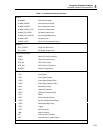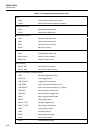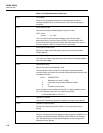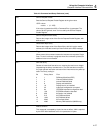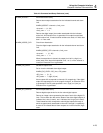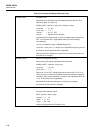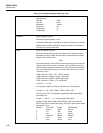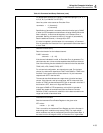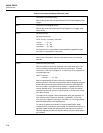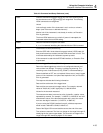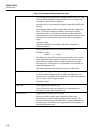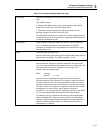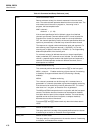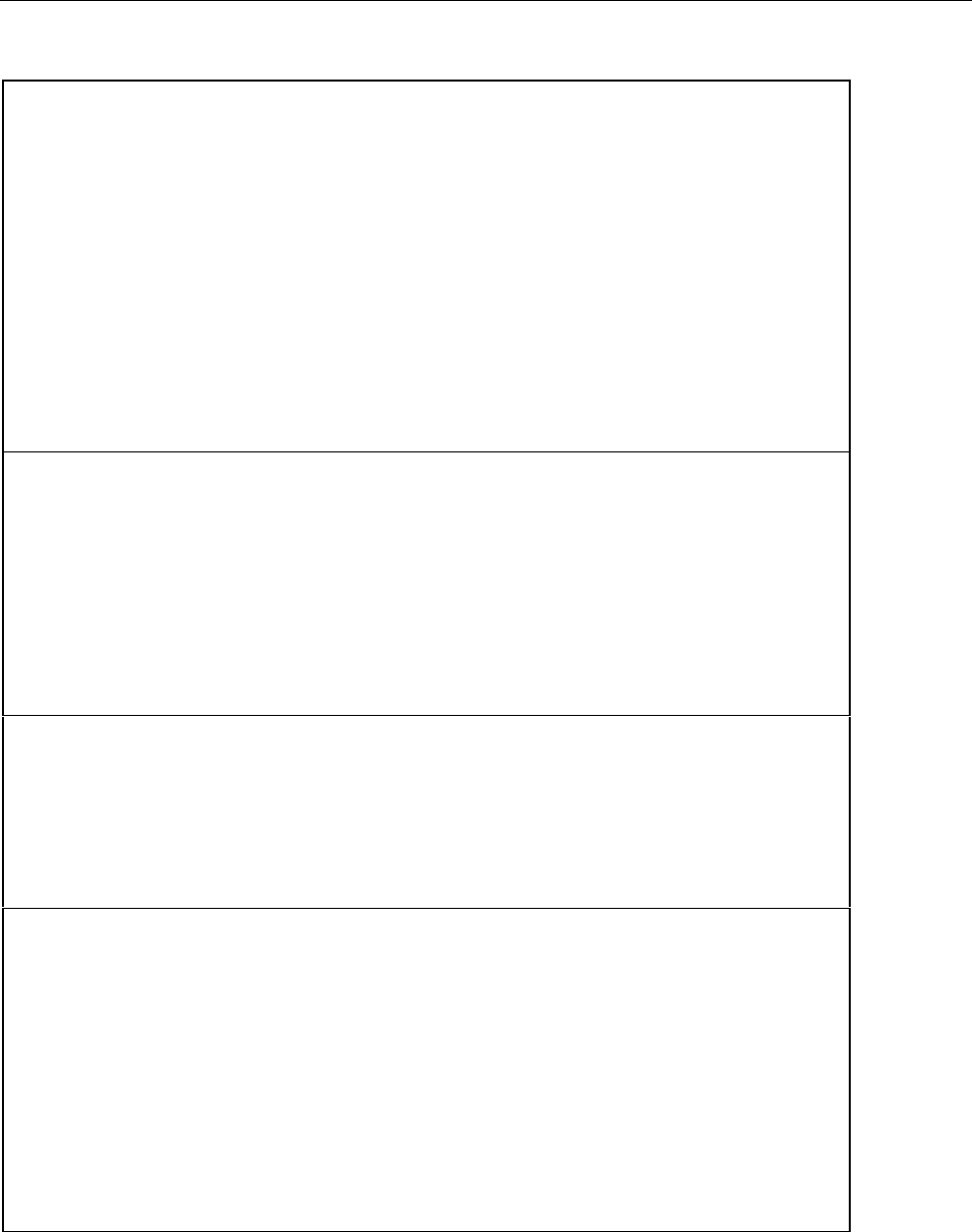
Using the Computer Interface
Computer Interface Command Set
4
4-31
Table 4-8. Command and Query Reference (cont)
DIO_LEVELS? Digital I/O State Query
Returns digital input and output levels for the eight configurable digital
I/O lines.
Returns an integer value representing the actual states of the digital I/O
lines. The low-order eight bits are used to indicate the status of each
configurable I/O line (0 indicates low; 1 indicates high.) Bits 0 through 7
correspond to I/O lines 0 through 7. The highest possible integer value is
255, indicating that all eight digital I/O lines are set high.
NOTE
The digital I/O line levels returned by the DIO_LEVELS? query may not
match the levels set with the DO_LEVEL command. Lines that were set
to 1 (high) may have been externally driven low. The DIO_LEVELS?
query causes the actual state of the lines to be read.
DO_LEVEL Set Digital Output Level
Set or clear the indicated digital output.
DO_LEVEL <DO_line>,<DO_state>
<DO_line> = (0 .. 7)
<DO_state> = 1 0
If the digital output line requested is not in the range 0 through 7, an
Execution Error is generated. If the DO_state specified is not 1 (high) or
0 (low), an Execution Error is generated. Low is the active alarm state. At
power up, all digital outputs are set high.
ECHO Enable/Disable RS-232 Echo Mode (RS-232 only)
ECHO <1 0>
1 = Turn RS-232 echoing on.
0 = Turn RS-232 echoing off.
If the IEEE-488 interface is selected, use of ECHO results in an
execution error.
FORMAT Response Format
Set the output format type.
FORMAT <f_type>
<f_type> = 1 2
The default is 1, which is IEEE-488.2 compatible. Since no measurement
units are allowed in IEEE, an alternative (2) is provided. When format 2 is
in effect the responses are no longer IEEE-488.2 compatible. The
primary use for format 2 is with RS-232, as it provides a means of
recording the units with the measurement value. Any parameter other
than 1 or 2 causes an Execution Error to be generated. The units strings
used are as follows:



